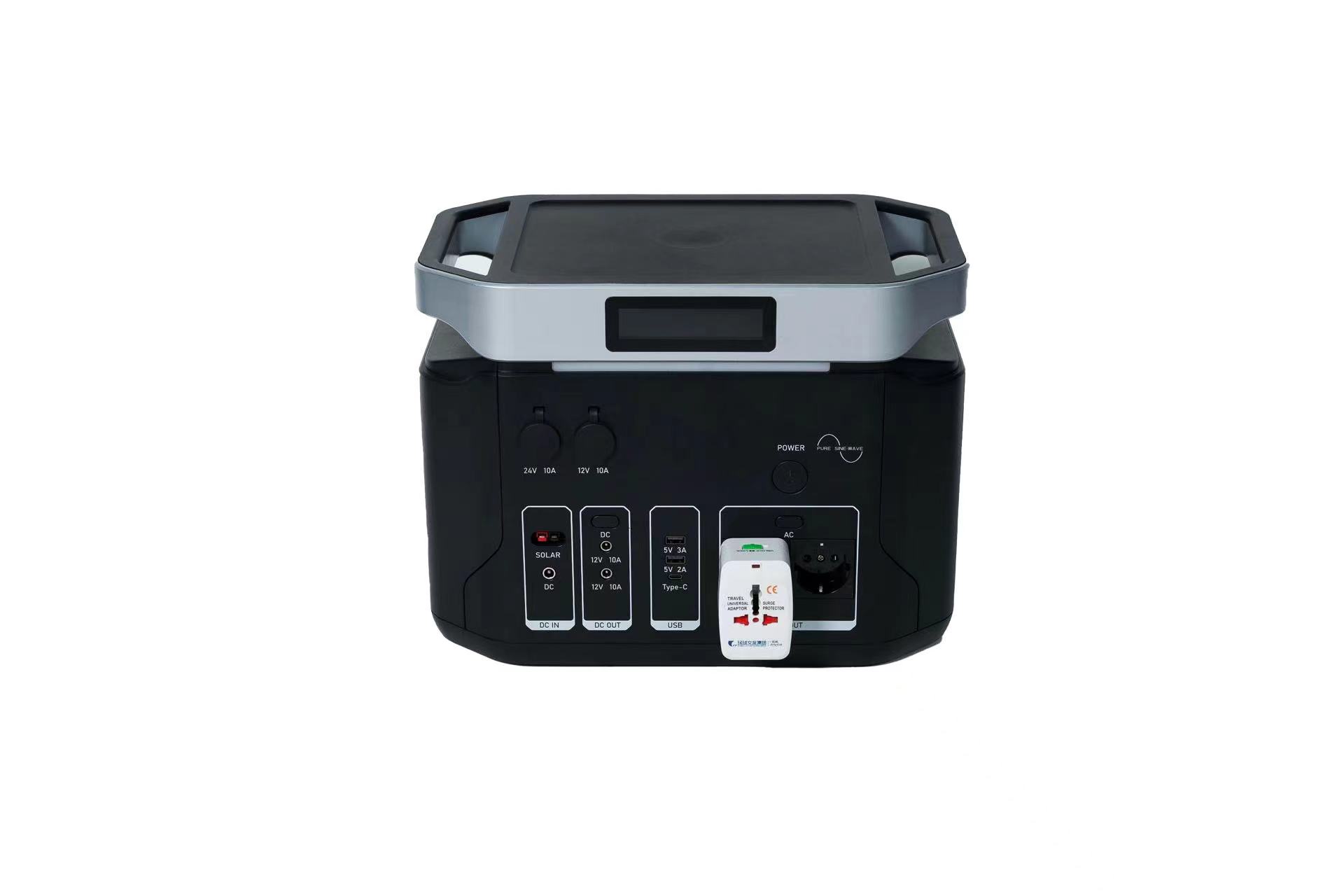Deep cycle batteries are designed to provide a steady power source for a wide range of applications, including recreational vehicles, solar energy systems, and marine devices. Among the various types of deep cycle batteries available, maintenance-free models have gained significant popularity due to their convenience and ease of use. This article delves into the details of maintenance-free deep cycle batteries, exploring their characteristics, proper care, and operation.

1. Understanding Maintenance-Free Deep Cycle Batteries:
Maintenance-free deep cycle batteries, also known as sealed lead acid batteries, differ from traditional deep cycle batteries in that they do not require regular water additions or electrolyte level adjustments. These batteries are designed with a rigid, spill-proof construction, which prevents the electrolyte from escaping and minimizes the risk of leakage. The absence of maintenance makes them an ideal choice for applications where regular monitoring and upkeep are not feasible.
2. Components of Maintenance-Free Deep Cycle Batteries:
A maintenance-free deep cycle battery consists of several components, including:
a. Cells: The battery is composed of multiple cells, each containing a lead plate (anode) and a lead dioxide plate (cathode) submerged in an electrolyte solution of sulfuric acid.
b. Electrolyte: The electrolyte is a solution of sulfuric acid and water, which facilitates the flow of electrons between the plates and powers the battery.
c. Separator: A non-conductive material, usually made of fiberglass or plastic, separates the positive and negative plates to prevent direct contact and short-circuiting.
d. Valves: The battery features valves that regulate the release of gas produced during charging and discharging, preventing pressure buildup.
e. Case: The battery is housed in a sturdy case designed to protect the internal components from external elements.
3. Proper Care and Maintenance:
Although maintenance-free deep cycle batteries require little to no regular maintenance, they still need proper care to ensure optimal performance and longevity. Here are some key tips:
a. Storage: When storing a maintenance-free deep cycle battery, ensure it is placed on a level surface and avoid extreme temperatures. Cold temperatures can reduce battery capacity, while high temperatures can shorten battery life.
b. Charging: Use a suitable charger that matches the battery's specifications. Avoid overcharging, as it can damage the battery and reduce its lifespan.
c. Monitoring: While maintenance-free batteries do not require regular electrolyte level adjustments, it's essential to monitor the battery's voltage and state of charge periodically to detect any potential issues.
d. Equalization: Over time,电池 cells may become unbalanced, leading to reduced performance. performing an equalization charge periodically can help restore balance and extend battery life.
e. Avoid Overdischarging: Deeply discharging a battery can cause permanent damage. Always ensure that the battery remains within its recommended discharge limits.
4. Troubleshooting and Maintenance:
Issues with maintenance-free deep cycle batteries are relatively rare, but they can occur. Here are some common problems and their solutions:
a. Slow Performance: If the battery is not holding a charge or running slowly, it may be overloaded, overdischarged, or require an equalization charge.
b. Bulging or Swelling: A bulging or swollen battery case can indicate internal damage or overcharging. In such cases, it's important to replace the battery immediately to prevent potential hazards.
c. Leaks: If the battery leaks electrolyte, it may be due to a loose connection or a damaged case. Check the connections and replace the battery if necessary.
d. Noise or Whining: Abnormal noises or whining sounds can indicate a malfunctioning battery or a loose component. Inspect the battery and its connections promptly.
Conclusion:
Maintenance-free deep cycle batteries offer a convenient and reliable power source for a variety of applications. Their sealed construction eliminates the need for regular maintenance, making them an attractive option for users seeking a hassle-free battery solution. However, it's crucial to adhere to proper care and maintenance practices to ensure optimal performance and extend the battery's lifespan. By following the guidelines provided in this article, users can maximize the benefits of maintenance-free deep cycle batteries and minimize the risk of potential issues.